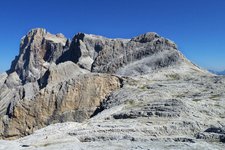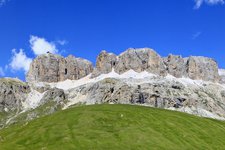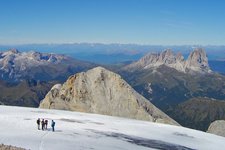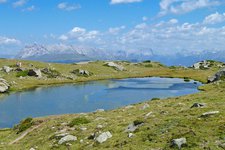The “pale mountains” - a world-famous mountain range and Natural World Heritage site
Image gallery: Dolomites
The Dolomites are a mountain range which includes different Italian provinces: Trentino, South Tyrol, Friuli-Venezia Giulia and Belluno.
The name "Dolomites" derives from the name of the French geologist Déodat de Dolomieu, who described the Dolomite rocks. "Pale mountains" (monti pallidi) – this is how the Dolomites are called due to their rock colour.
The Dolomites can be subdivided into numerous groups. In the Trentino, there are for example the Brenta Dolomites, the Lagorai, parts of the Sella Group and the Marmolada.
A phenomenon, for which the Dolomites are known worldwide is the alpine glow, also called "enrosadira", which begins at dusk, when the red gleams of the setting sun are reflected. The alpine glow transforms the Dolomites into a fairytale-like landscape! "The most beautiful architecture in the world", that is how the French artist Le Corbusier called the Dolomites, which according to legend were inhabited by dwarfs and fairies.
Of course the Dolomite mountains attracted - and still do - alpinists from all over the world. Above all German and British alpinists were pioneers in the Dolomites. When they scaled these mountains for the first time, they might have experienced incredible adventures...
- Highest peak: Marmolada (3,343 m)
- First ascent: Paul Grohmann, 1864
- Major peaks: Gruppo Sella(Sella Group), Gruppo Sasso Lungo, Puez-Odle, Catinaccio-Latemar, Civetta, Cristallo, Lagorai, Vette Feltrine, Dolomiti di Braies, Dolomiti di Sesto, Tofana etc.





































